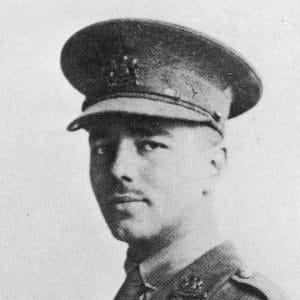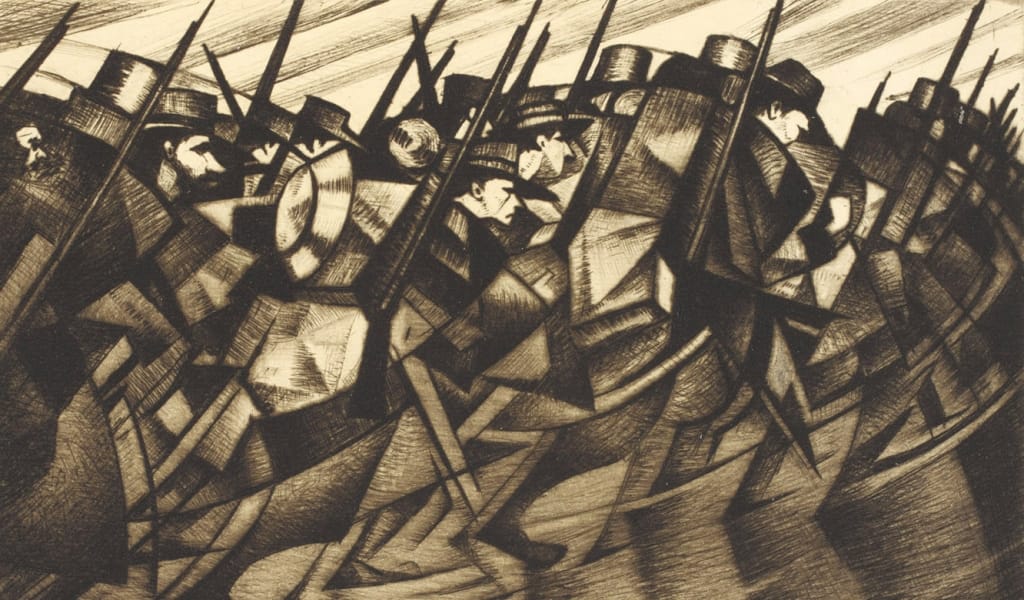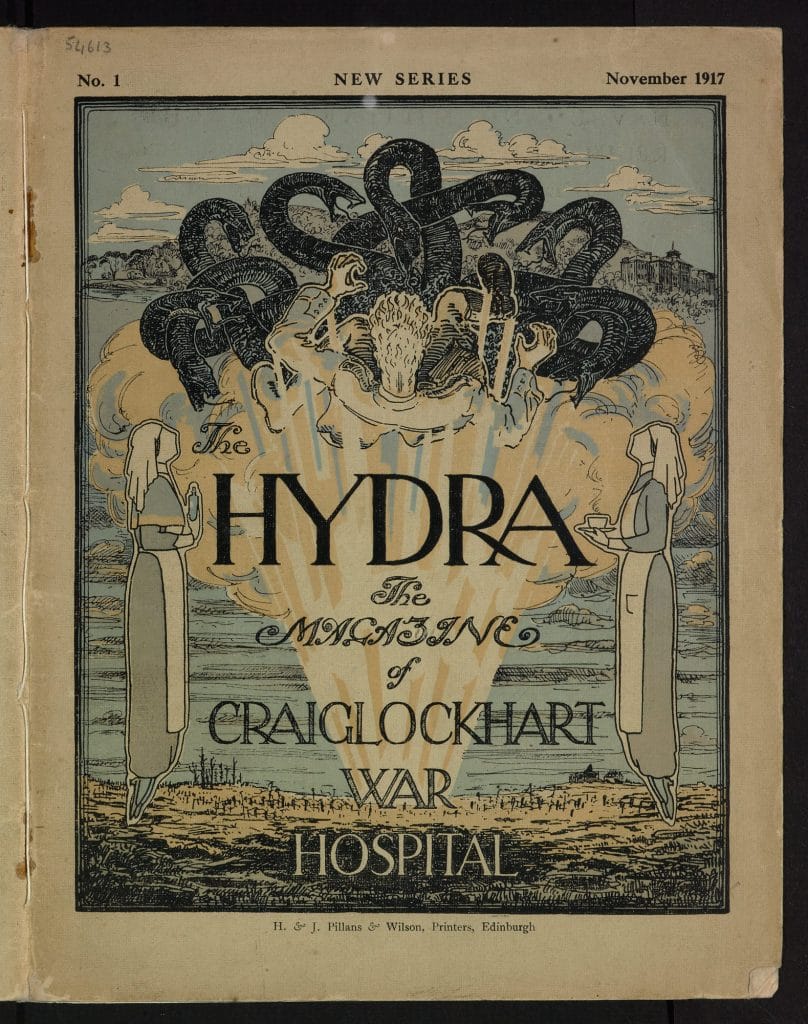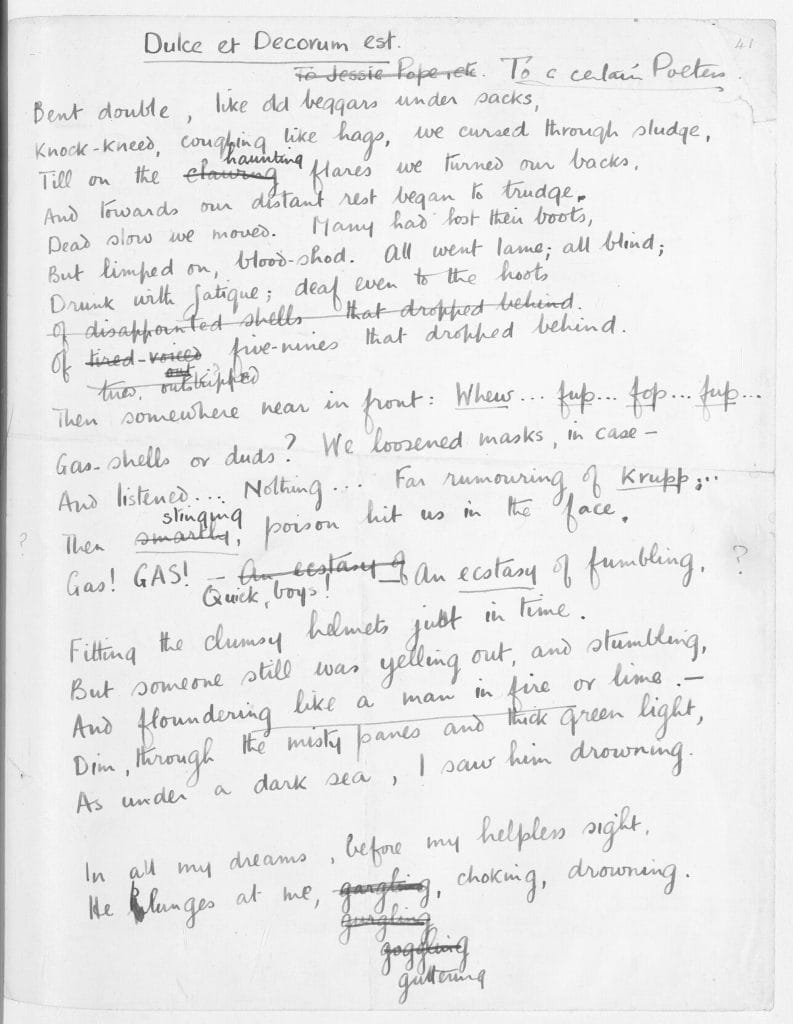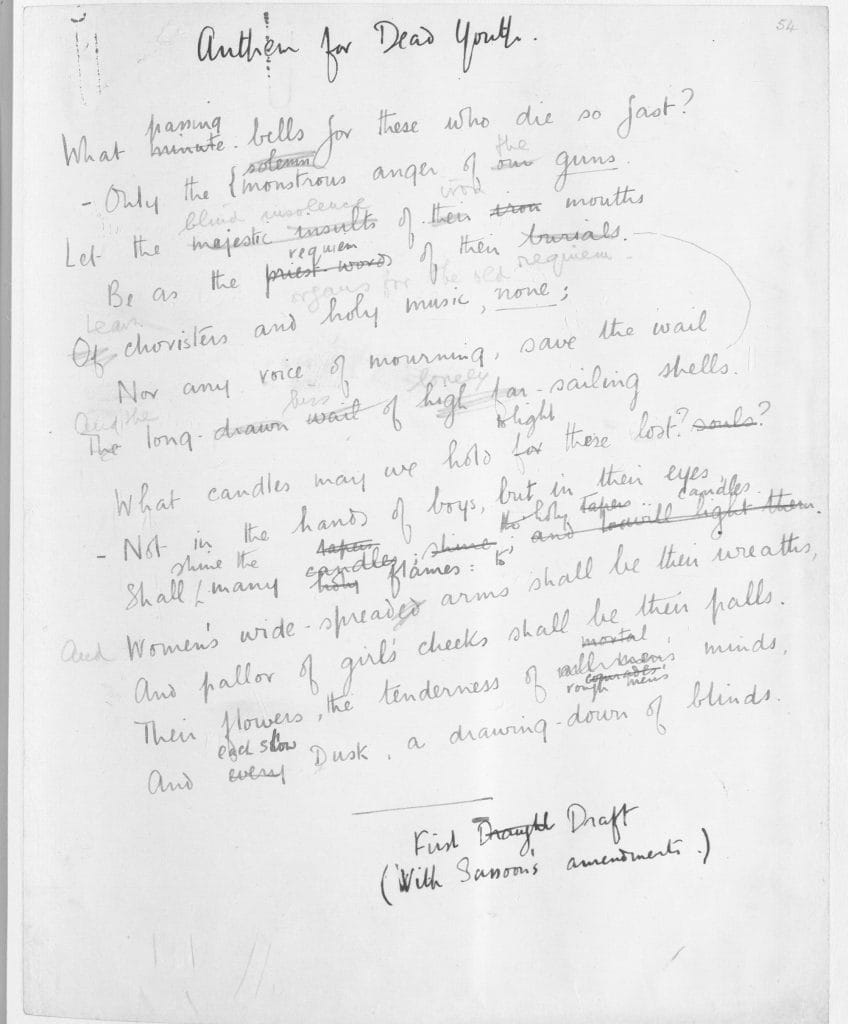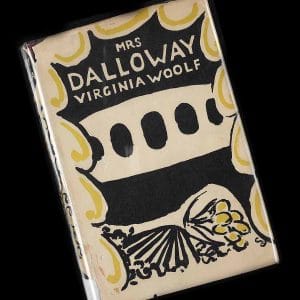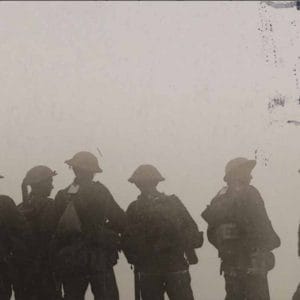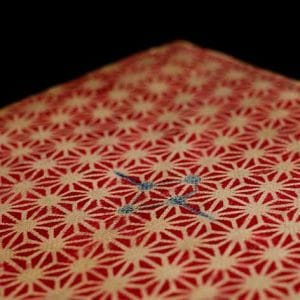
Wilfred Owen’s ‘Dulce et Decorum Est’
出版日期: 1920 文学时期: 20th century 类型: War poetry
‘Dulce et Decorum Est’ is a poem by the British poet Wilfred Owen, drafted at Craiglockhart War Hospital near Edinburgh in 1917. Owen had been admitted to the Hospital after suffering from shell shock following a period of fighting in the Battle of the Somme. The poem is one of the most poignant depictions of trench warfare in English literature.
Owen’s background
Born into a middle-class family in 1893 near Oswestry, Shropshire, Owen was the eldest of three children. His father, Tom Owen, was a railway clerk, and his mother, Susan, was from a fervently religious family.
In 1915, Owen enlisted in the army and in December 1916 was sent to France, joining the 2nd Manchester Regiment on the Somme. Within two weeks of his arrival he was commanding a platoon on the front line. In the midst of heavy gunfire, he waded for miles through trenches two feet deep in water with the constant threat of gas attacks. The brutal reality of war had a profound effect on him, as he recounted in letters to his mother. His poems ‘The Sentry’ and ‘Exposure’ record specific ordeals of this time.
Poetry at Craiglockhart
In April, after being blown into the air by a shell, Owen spent several days sheltering in a hole near the corpse of a fellow officer, and was shortly after diagnosed with shell shock. In June 1917, he was sent to Craiglockhart War Hospital, near Edinburgh, where he spent four months under the care of the renowned doctor, Captain Arthur Brock. Whilst receiving treatment at the Hospital, Owen became the editor of the Hospital magazine, The Hydra, and met the poet Siegfried Sassoon, who was to have a major impact upon his life and work, and to play a crucial role in the dissemination of Owen’s poetry following his untimely death in 1918 aged only 25.
Owen wrote a number of his most famous poems at Craiglockhart, including several drafts of his famous works ‘Dulce et Decorum Est’ and ‘Anthem for Doomed Youth’. Owen’s poetry was markedly different from the patriotic verse which had previously been written about the war, as it sought to vividly describe the horrors of war rather than concentrating solely on the heroic and patriotic fervour that surrounded the early years of the conflict. Sassoon advised and encouraged Owen, and this is evident in a number of drafts which include Sassoon’s annotations.
‘Dulce et Decorum Est’
The title of the poem is from a Latin tag repeated in full on the last line. Taken from the poet Horace, it means ‘it is sweet and fitting to die for one’s country’; a sentiment which Owen’s experience had proven to be an ‘old lie’, and which the poem works to dispel through vivid descriptions of the realities of trench warfare.
‘Dulce et Decorum Est’ is made up of harrowing images of trench warfare, including a gas attack that sees men ‘Bent double, like old beggars under sacks / Knock-kneed, coughing like hags, we cursed through sludge’.
‘Dulce et Decorum Est’ read by Anton Lesser. Courtesy of Naxos Audiobooks.
Owen sent an early version of the poem to his mother, describing it as ‘a gas poem’; though this seems simplistic, the poem indeed describes a marching column of soldiers too exhausted to notice the sound of the ‘five-nines’ – German 5.9-inch artillery shells – which have ‘dropped behind’, releasing poison gas. In marked contrast to the ‘sweet’ and ‘fitting’ projected idea of combat, the narrator sees, through the ‘misty panes’ of his gas mask, the sufferings of a fellow soldier who has not got his own mask on in time. The description of ‘froth-corrupted lungs, / Obscene as cancer, bitter as the cud / Of vile, incurable sores on innocent tongues’ is in particular contrast to the idea of this being a ‘sweet’ or ‘fitting’ death.
Earlier versions of the poem were addressed ‘to a certain poetess’, and this has generally been taken to refer to Jessie Pope, a journalist and poet who had espoused jingoistic enthusiasm for the war; she is likely to be the character to whom the sarcastic ‘my friend’ on line 25 refers. The narrator of the poem continues to describe how the damage is not purely physical, but also psychological: the scene returns to him ‘In all my dreams, before my helpless sight’.
Death and legacy
In September 1918, Owen returned to the front during the final stages of the war. He fought in another fierce battle and was awarded the Military Cross for his bravery. He was killed at the age of 25 while leading his men across the Sambre and Oise Canal near Ors, on 4 November – just one week before the Armistice was declared.
Only five of Owen’s poems were published in his lifetime. However, after his death his heavily worked manuscript drafts were brought together and published in two different editions by Siegfried Sassoon with the assistance of Edith Sitwell (in 1920) and Edmund Blunden (in 1931). They are among some of the most visceral and heartbreaking poems about World War One. Such was the impact of Owen’s work that for many his poems informed their understanding of the hell on earth that was the Western Front. Aware that his work could do nothing to help his own generation, he succeeded in warning the next, and his poetic legacy has had a major impact on attitudes to war.
